Knowledge-Sharing with Visiting Researchers from Oxford University, UK
BY SHABERI DAS • December 29, 2023
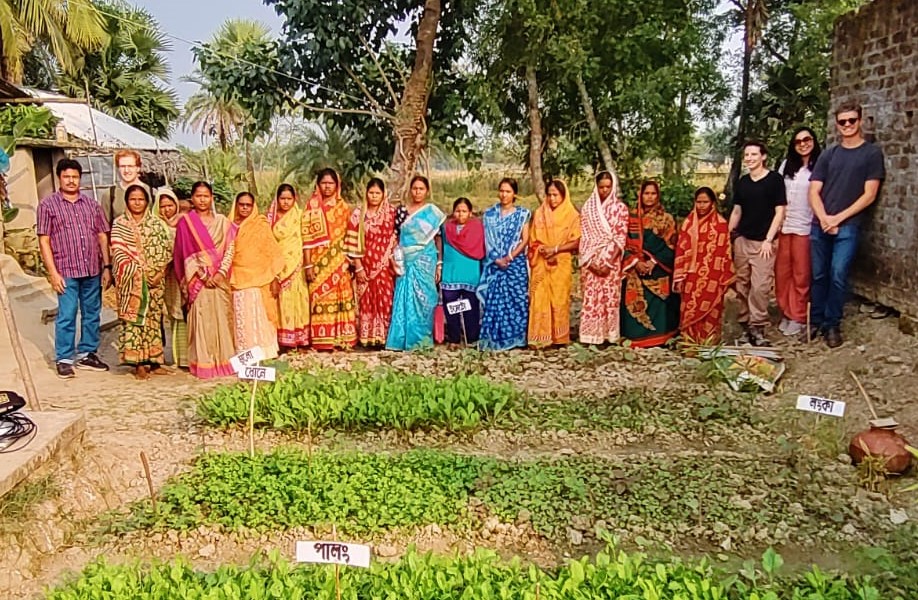
Fig. 1: Researchers from Oxford University, UK, with community members in Ramganga, Patharpratima Block
Seasons Greetings!
Team Sound of Silence (SOS) has an exciting new update to share: the team recently hosted a group of student researchers from Oxford University, marking a nascent attempt to consolidate research linkages for knowledge-sharing and mutual learning with other researchers and academics from different continents exploring environmental and livelihood concerns in the Indian Sundarbans.
In November 2023, a team of four students – recent Master’s graduates from various disciplines within the School of Geography and the Environment (SoGE), Oxford University, UK, visited India to conduct fieldwork across the ailing tea gardens, arid red-and-lateritic zone and the flood-prone Sundarbans delta of West Bengal, and flash-flood affected Sikkim. The West Bengal Water Project, as this photojournalistic research initiative is called, was aimed at understanding concerns related to water security and justice in eastern India.
Connecting with several organisations to help them navigate each chapter of the fieldwork initiative, the team was assisted by Development Research Communications and Services Centre (DRCSC), one of our two partner organisations for the SoS project, in conducting fieldwork in some of the villages that DRCSC and Sign of Hope have been working in through the Sound of Silence (project sites visited: Kasiabad and Uttar Kasiabad villages) and another ongoing project titled “Adaptation to climate change and resilience building on the Sundarban Islands through afforestation and promotion of sustainable livelihoods” (project sites visited: Ramganga and G-Plot Gram Panchayats).
Over four days, from 23rd to 26th November 2023, the team visited DRCSC project sites in the islands of Ramganga and G-Plot in the Patharpratima Community Development Block (CDB), and the villages of Kasiabad and Uttar Kasiabad in Kakdwip CDB. Household visits to see nutrition gardens developed by mutual cooperation groups (MCGs) with seed and training support from DRCSC were followed by visits to model integrated farms, mangrove plantations, focus group discussions with MCG members, and video interviews with selected MCG members across both CDBs, to examine water-related concerns in the Indian Sundarbans Delta.
Nutrition Gardens using indigenous seeds and organic fertilisers for improved nutrition and reduced spending on household consumption
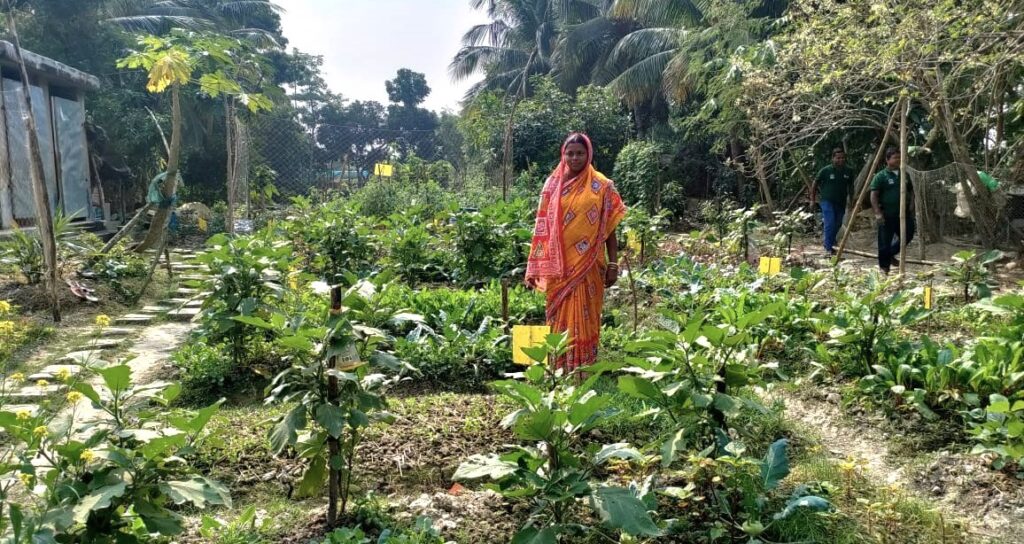
Fig. 2: An MCG member stands in her nutrition garden in Ramganga
Food and nutritional insecurity, freshwater availability for irrigation, and out-of-pocket spending to acquire seeds, fertilisers and produce from the market for consumption being high among households in the Delta, the researchers visited backyard gardens of several MCG members to understand the techniques employed by the MCGs to grow seasonal produce for perennial subsistence at no significant cost.
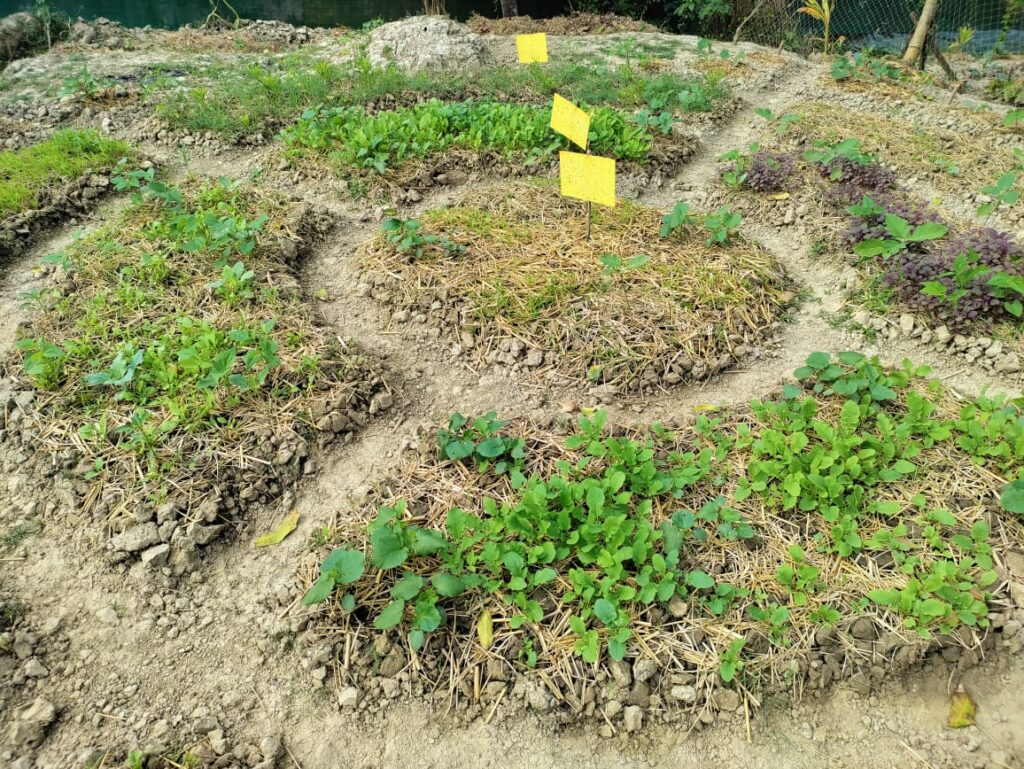
Fig. 3: Nutrition gardening in circular Mandala-style beds in Ramganga
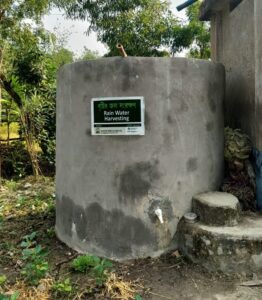
Fig. 4: A rainwater harvesting structure in Ramganga
They saw a range of vegetables (leafy and otherwise) and fruits being grown in different traditional as well as innovative styles of beds with the help of several water-saving and harvesting techniques and organic inputs comprising the byproducts of livestock (cow dung and urine etc.) and vermicompost. Photographic and videographic footage of the visitations were also recorded with the prior consent of the MCG members.
Collective organic agriculture through model agro-farms using bio-diverse integrated farming system (IFS) for climate-adaptive farming
Vid.: A model IFS farm in Ramganga
The visiting team found itself in awe of the carefully-planned and successfully-executed model integrated farms where organic paddy cultivation was accompanied with a vegetable patch and freshwater aquaculture in the same plot of land as well as the animal husbandry (fowl for meat and eggs and cow for organic agricultural inputs like cow dung and urine) for improved adaptive capacity, and livelihood and food security. The communities reported that they consult the regular weather forecasts and agro-advisory issued by the field teams before taking important decisions with regard to agriculture.
Mangrove Plantation to reduce riverbank erosion and create a natural barrier against cyclones and surge impact
Riverbank erosion and embankment breaching regularly cause a slew of problems in the Delta – land loss and saline water inundation being the foremost. This not only affects homesteads and agricultural productivity but also intensify freshwater scarcity in the region. Systemic as well as sporadic mangrove deforestation has left the shores bare or with very little vegetation, leaving the inhabitants to the mercies of nature and their last bit of strength to repeatedly rebuild their homes and lives in an area that is predominantly protected from rivers and the ocean by mud embankments. An overwhelming majority of mangrove plantation efforts in the area have failed owing to seeds and saplings being washed away by the current.
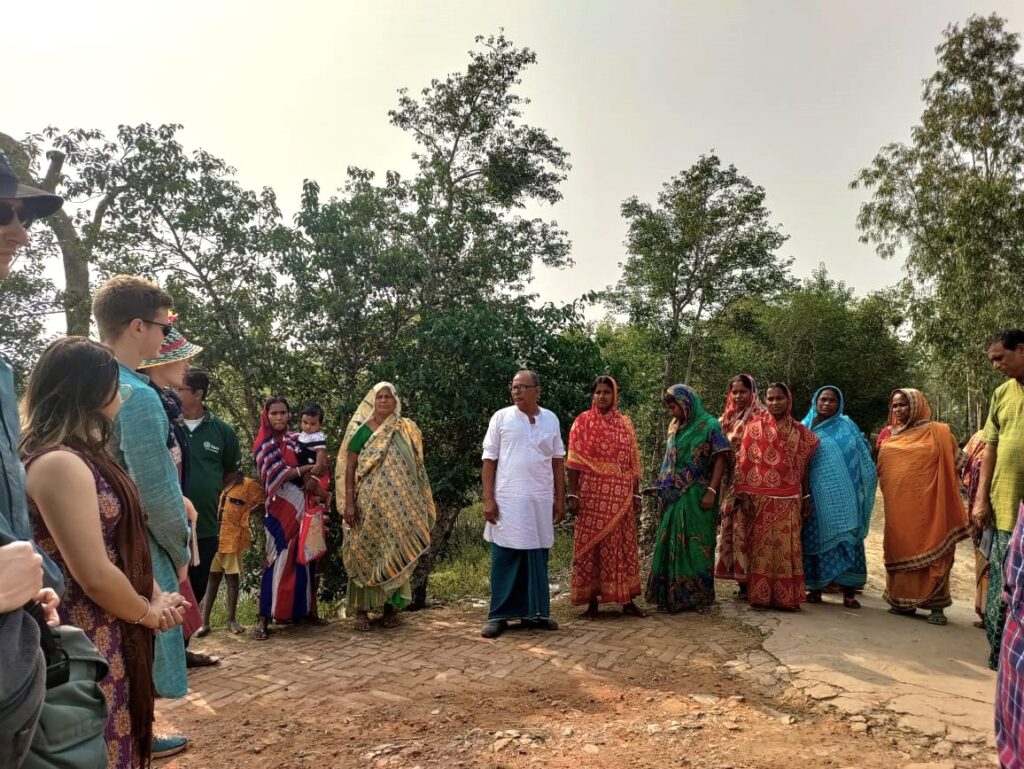
Fig. 5: The visiting researchers interact with communities about their efforts to develop mangrove plantations along the riverbank in G-Plot, Pathatpratima Block
Therefore, identifying vulnerable areas for community-led social forestry through mangrove plantation and using innovations such as transplantation from mangrove nurseries after a specified period, and fencing plantations to prevent the straying of livestock, are being taken up by DRCSC. The visiting team gleaned a wealth of information in these villages, learning about the communities’ efforts to mutually cooperate in sharing responsibilities to establish and maintain of mangrove plantations.
Focus Groups to discuss the mechanisms behind the application of interventions and the strengthening of livelihood and financial security


Fig. 6 & 7: The researchers interact with women’s MCGs to understand available community resources and adaptive capacities in Uttar Kasiabad, Kakdwip Block
The researchers also met women from the MCGs at both project areas to ask focused questions about their lives, livelihoods, and the ways in which DRCSC-led interventions had helped them address water, food, and income insecurity, strengthening their adaptive capacity to climate change and their self-reliance.
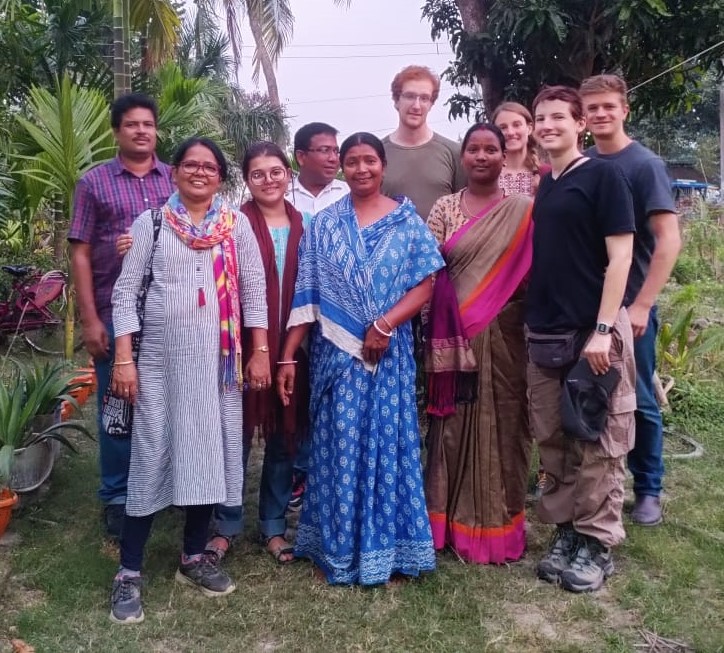
Fig. 8: The researchers with the Kakdwip field staff in a nutrition garden in Uttar Kasiabad
While verbal interactions with the communities were mediated by a member of the SOS team and a researcher from Jadavpur University acting as language interpreters and (for recorded interviews) translators, the visitors were thrilled to participate in song-and-dance performances presented by tribal MCGs of the SOS project. After a very fruitful exchange of knowledge, learnings and ideas with the visiting team, to improve adaptive capacity of vulnerable island communities and promote sustainable development by securing access to safe drinking water, stable livelihoods and adequate nutrition, Team SoS looks forward to nurturing these associations, and scoping others, for future collaboration and knowledge-sharing.
Team SOS is excited to share further insights from the field with our readers next month. In the meantime, please share your thoughts with us in the comment section below or write to us at soundofsilenceresearch@gmail.com because every voice matters and none must be silenced!

